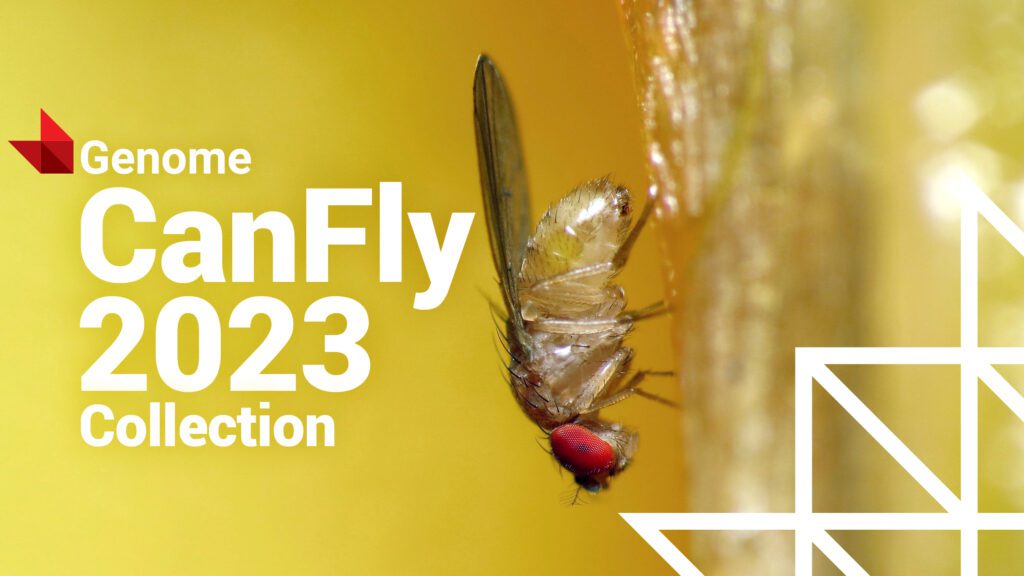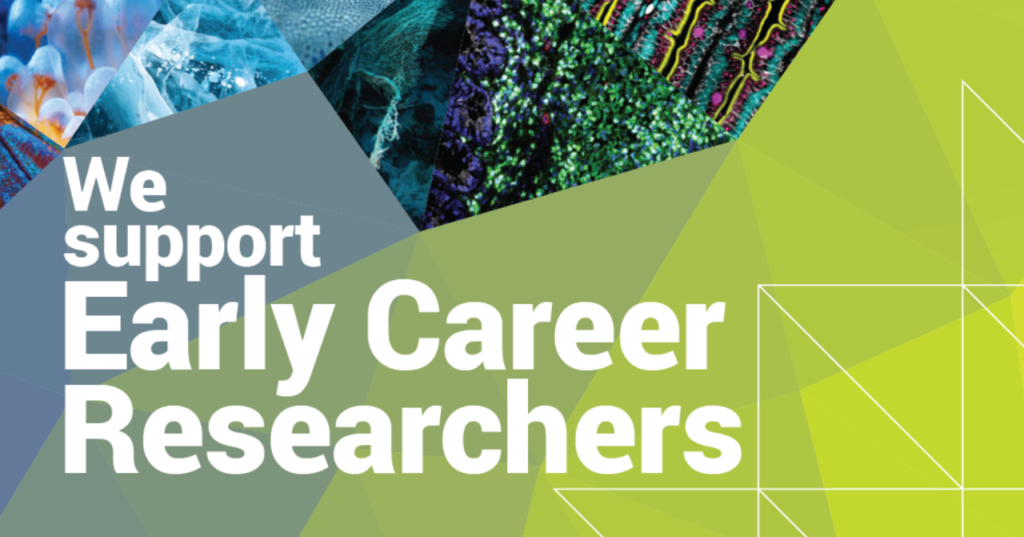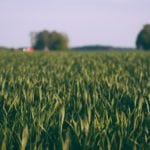 We have the pleasure of introducing Dr. Andrew Simmonds, the newly appointed Co-Editor-in-Chief of Genome. Dr. Simmonds is a distinguished Professor and Chair at the University of Alberta, where he earned his PhD. His research is dedicated to advancing our understanding of gene regulation pathways pivotal to human health.
We have the pleasure of introducing Dr. Andrew Simmonds, the newly appointed Co-Editor-in-Chief of Genome. Dr. Simmonds is a distinguished Professor and Chair at the University of Alberta, where he earned his PhD. His research is dedicated to advancing our understanding of gene regulation pathways pivotal to human health.
Dr. Simmonds leads a multidisciplinary research group that employs diverse techniques including live-cell imaging, Drosophila genetics, cell culture, and molecular biology. Using this holistic approach, his lab explores how a range of cellular mechanisms—from metabolism to gene regulation at both the transcriptional and post-transcriptional levels—influence organ development. One of his key areas of focus is peroxisomes—small, membrane-enclosed organelles that carry out a variety of metabolic reactions and, when not functioning correctly, can cause several disorders.
In this Q&A, Dr. Simmonds shares insights into his career journey, recent breakthroughs in his lab, and the challenges and rewards of an academic career. He also discusses the vital role of undergraduate students in scientific research and offers advice for those embarking on a career in cellular biology.







